Last updated on
Here’s how net-zero technologies will change the industry of building construction. Read on!
With the issue of climate change being more prevalent than ever before in society, the question of how this will impact construction has been raised.
With the government’s target to achieve net zero by 2050, changes are being implemented now.
Here are just some of the changes that have begun and will continue to take place throughout the construction sector:
What's Inside
Design
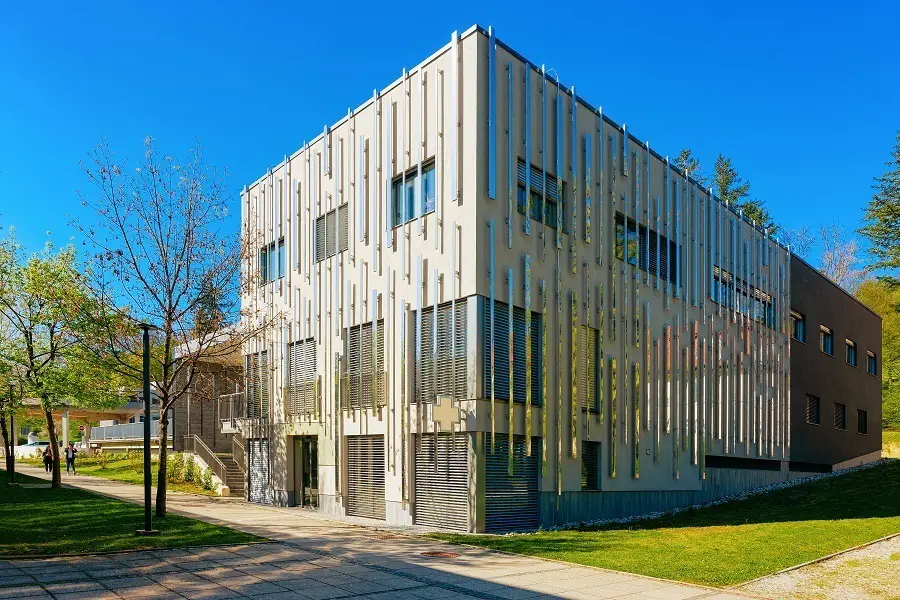
In order to achieve net zero, an effort needs to be made right from the design stage before any ground has been broken. The choice of site is crucial, with checks on local ecosystems and potential energy usage needing to be considered before deciding where to build.
In addition to the location of the build, the design of the buildings themselves will also need to be taken into consideration. Now more than ever, it is important to design with sustainability in mind. For example, this may impact where windows are placed in order to maximize natural light.
For the sake of sustainability, it is now more important than ever that longevity is a key consideration within the design process. The demolition of a building can have very detrimental impacts on the environment, so ensuring that the building can stand the test of time or be repurposed is essential.
Materials
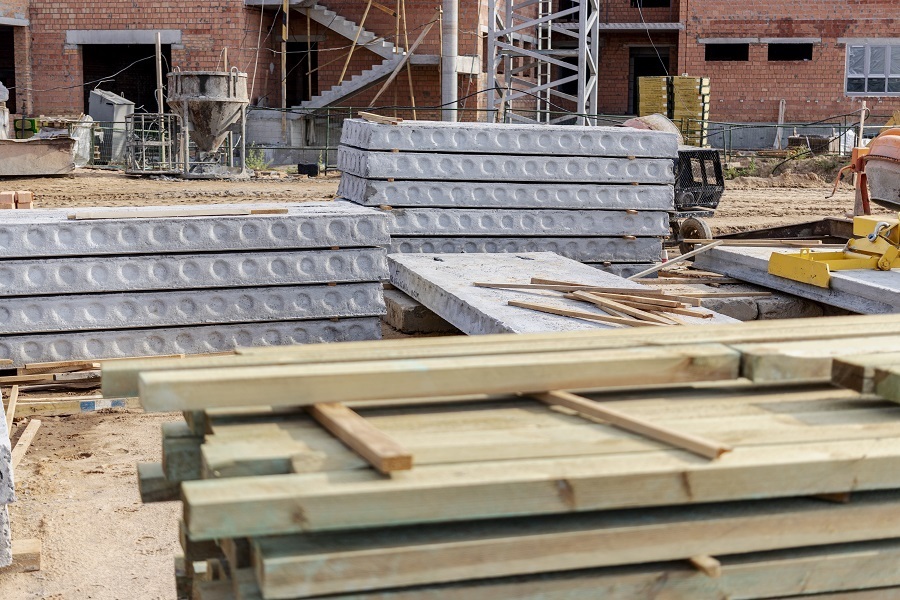
An obvious way to reduce carbon emissions and work towards net zero is an increased usage of carbon-neutral materials such as plywood over more conventional building materials like cement.
As wood is derived from naturally occurring trees, using it is less wasteful than man-made materials. As well as this, as the trees grow, they absorb carbon meaning their use of them contributes to carbon reduction.
Construction
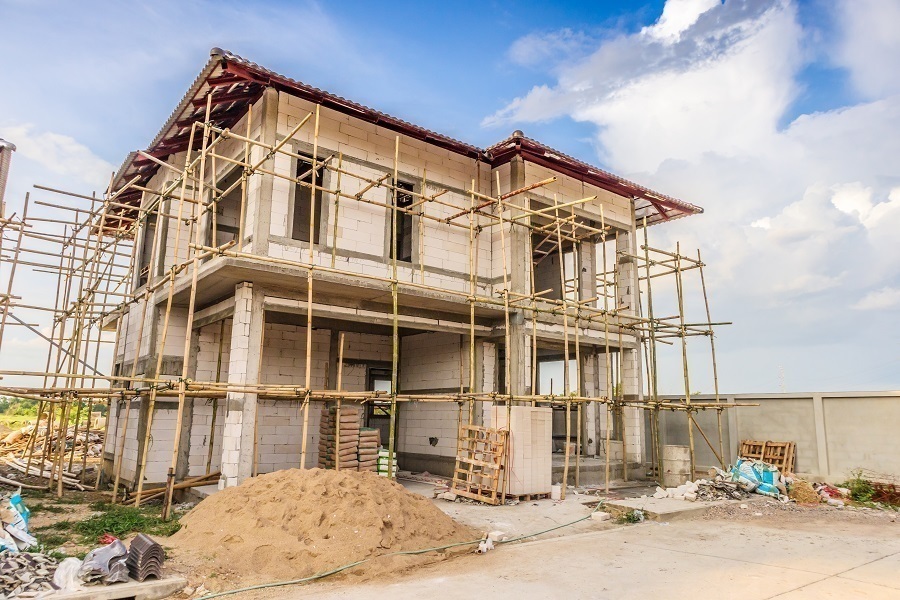
Once the design has been finalized and the materials have been purchased, the actual construction phase can begin. Being environmentally conscious can’t stop here; the construction methods need to be thought through in order to reduce emissions.
Vehicles and Machinery
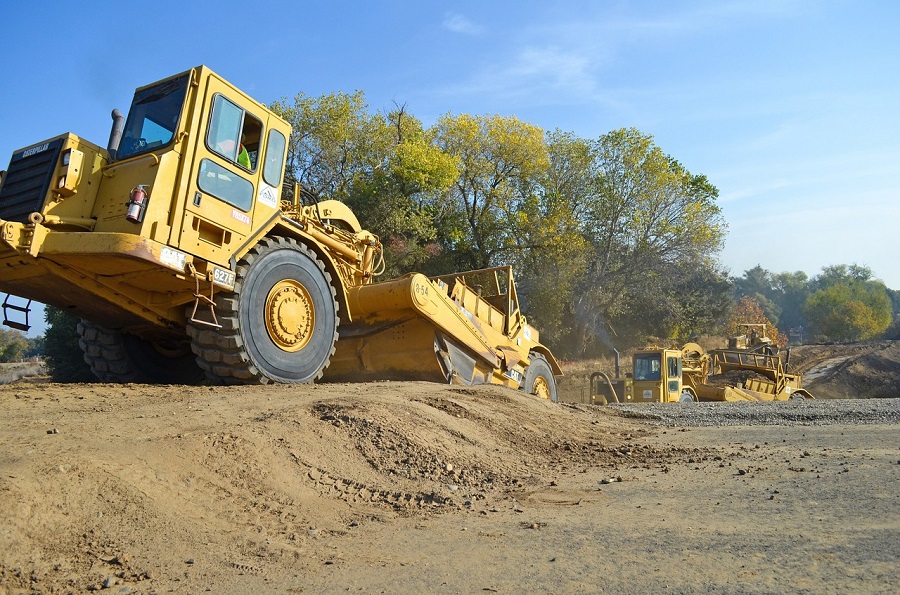
The usage of electric and hybrid vehicles and equipment will contribute significantly to the reduction of carbon emissions from a site. This also applies to how staff arrive at and leave the site, with car sharing and public transport being heavily encouraged.
Site Maintenance
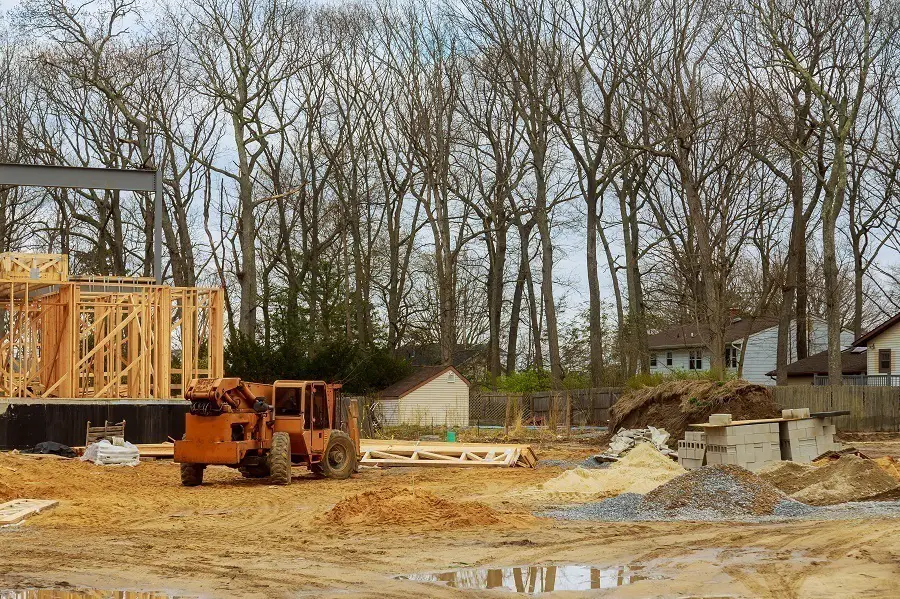
The usage of water and power on a site by staff, although small in relation to the scale of the project, also impacts a build’s sustainability. Therefore, site teams will need to be more conservative in their usage.
Jobs
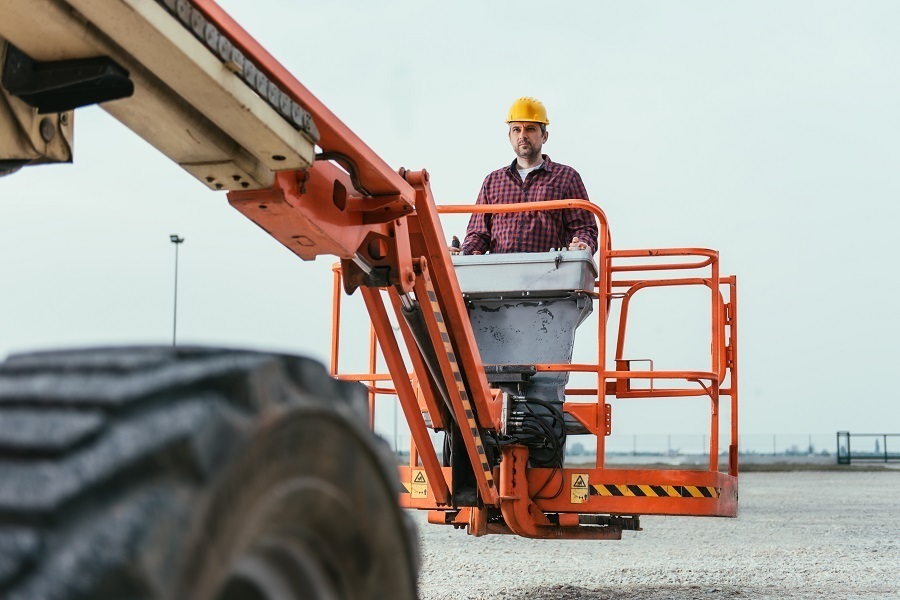
A newer element of construction is the introduction of dedicated environmental roles such as Environmental Advisor or Sustainability Manager.
These roles have a more dedicated focus on the environmental impact of construction projects, ensuring all regulations are met. They will also typically set and monitor environmental targets for sites to guarantee that work is undertaken efficiently.
With 2050 getting closer, more and more site teams will likely include these sorts of roles in the future.




